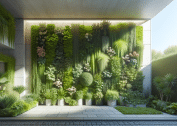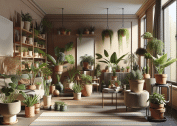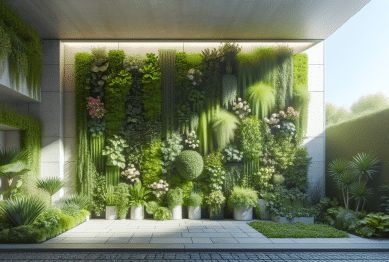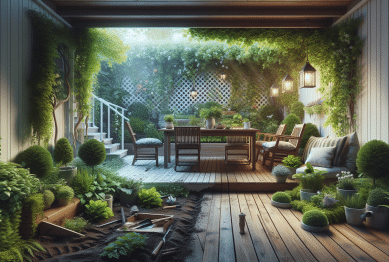In 2025, interior design trends are increasingly shifting toward practicality, adaptability, and sustainability, all of which reflect the evolving realities of modern living. Consequently, one standout solution leading this change is the growing popularity of modular sofas for modern homes. Unlike traditional sofas that are fixed in shape and function, modular designs are built from individual sections that can be rearranged, expanded, or reduced to fit your needs. This makes them ideal not only for small apartments but also for open-plan layouts and hybrid spaces, where living, working, and entertaining often happen in the same area. As a result, by combining style, comfort, and long-term flexibility, modular sofas are becoming an essential element in contemporary home design.
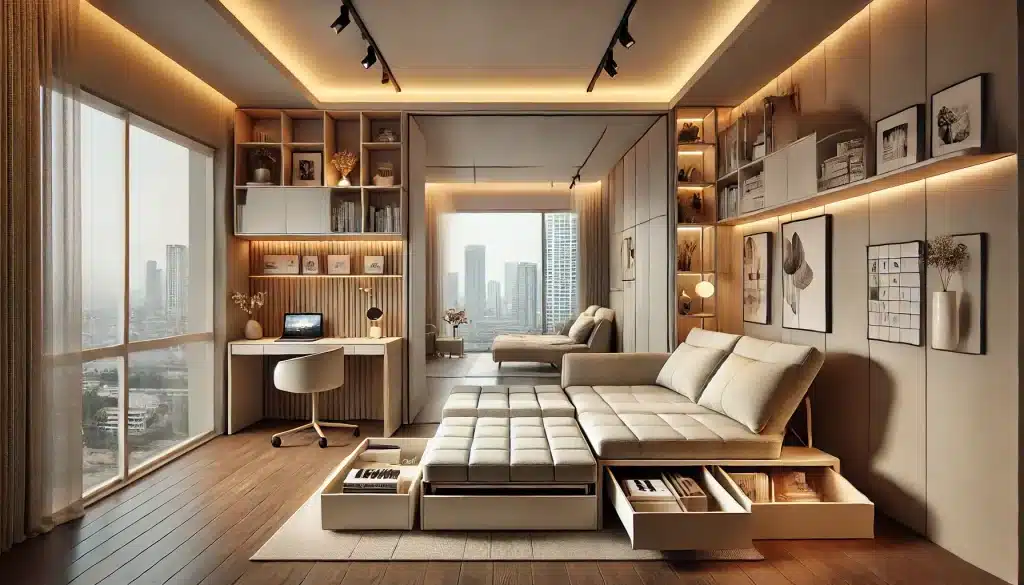
1. Why Modular Sofas Are Dominating the Modern Home Furniture Market
The surge in popularity of modular sofas for modern homes is not just a passing design fad; rather, it clearly reflects deeper cultural, economic, and environmental shifts that are continuously shaping how we live.
1.1 Space Optimization for Urban Living
- Rising apartment living: Cities are becoming denser, with smaller living spaces now the norm in urban areas across the world.
- Multi-functional design: Modular sofas can serve as seating, a guest bed, storage solution, or even be split into separate lounge areas without requiring additional furniture.
In fact, a 2024 report noted that homeowners increasingly seek furniture that maximizes limited square footage while still maintaining both comfort and aesthetics.
1.2 Adapting to Hybrid Lifestyles
- Additionally, with remote work and flexible schedules becoming more common, living rooms now often double as workspaces. As a result, modular sofas allow quick reconfiguration—turning a lounge zone into a collaborative meeting area or creating a private reading nook.
1.3 Longevity and Sustainability
- Modular furniture aligns with sustainability goals because you can replace a single worn section rather than discarding an entire sofa.
- Brands are using eco-friendly materials like recycled fabrics, FSC-certified wood, and non-toxic finishes.
2. Key Features That Make Modular Sofas Stand Out
2.1 Custom Configurations
Whether you want an L-shape, U-shape, or multiple smaller sofas, modules can be rearranged in minutes.
2.2 Built-In Storage
Some modular sofas incorporate hidden compartments—perfect for extra blankets, seasonal décor, or children’s toys.
2.3 Washable and Replaceable Covers
Families and pet owners love the convenience of removable covers, which extend the furniture’s lifespan.
2.4 Expandability
Start with a small two-piece configuration and add more sections over time as your space or family grows.
3. Trends Supporting Modular Furniture Popularity
The rise of modular sofas fits into broader furniture and interior design trends emerging in 2025.
3.1 Curved, Organic Forms
Designers are moving away from boxy silhouettes in favor of softer, rounded edges. This trend complements modular designs by making them more inviting and visually dynamic.
3.2 Sustainable Materials
Materials like bamboo, reclaimed wood, and recycled metals are gaining popularity, appealing to environmentally conscious consumers.
3.3 Statement Colors and Textures
Neutral tones remain popular, but bold jewel shades and textured fabrics like bouclé or velvet are increasingly used to turn modular sofas into focal points.
3.4 Tech Integration
Smart furniture—like sofas with built-in USB ports, wireless charging, or adjustable headrests—is becoming more common. This makes modular designs even more versatile for modern living.
4. Practical Guide: Choosing the Right Modular Sofa for Your Home
1: Measure and Plan Your Space
- Use painter’s tape to outline potential configurations before buying.
- Consider pathways, lighting, and other furniture placements.
2: Define Your Primary Needs
- Do you need a sofa that converts into a bed?
- Will it mainly serve as a lounging space or a multi-use work area?
3: Evaluate Materials and Durability
- Opt for high-performance fabrics if you have pets or children.
- Look for hardwood frames or steel reinforcement for long-lasting use.
4: Select a Style That Complements Your Home
- Minimalist interiors often pair well with sleek, low-profile modules.
- Eclectic styles might mix bold colors and varied textures.
5: Test Comfort and Adjustability
- Visit showrooms when possible to test firmness, cushion depth, and modular locking mechanisms.
5. Styling Ideas for Modular Sofas in Modern Homes
- Open-plan layouts: Use your modular sofa to define separate living zones.
- Small apartments: Position against a wall to maximize floor space, then pull apart for social gatherings.
- Family rooms: Pair with washable slipcovers and extra ottoman modules for flexible seating.
- Minimalist homes: Keep the arrangement simple, with a neutral color palette and a few textured accents.
6. Sustainability and the Future of Modular Design
Modular sofas are a long-term investment in sustainability. As consumer awareness grows around fast furniture waste, the ability to repair, reconfigure, and recycle individual parts becomes more appealing. Industry experts predict that by 2030, modular designs could account for over 40% of the premium sofa market.
7. Final Tips for Buyers
- Start small—you can expand later.
- Prioritize quality over cheap, quick-assembly pieces.
- Think ahead—choose designs that will fit future spaces, not just your current one.
- Match with multipurpose accessories—such as nesting tables or convertible shelving.
Conclusion
The shift toward modular sofas for modern homes is more than a passing trend—it’s a reflection of how people live, work, and relax in 2025. Offering adaptability, style, and sustainability, modular designs give homeowners control over their space in ways traditional sofas can’t. Whether you’re in a studio apartment or a spacious family home, the flexibility of modular furniture ensures it can grow and change with you—providing comfort, function, and lasting value. As lifestyles continue to evolve, this furniture trend will likely remain a cornerstone of modern interior design, inspiring creative layouts, sustainable choices, and personalized living spaces for years to come. Moreover, the ability to update, reconfigure, or replace individual components without discarding the entire piece aligns perfectly with both environmental responsibility and financial practicality. By choosing a modular sofa, you’re not just investing in furniture—you’re investing in the long-term adaptability and well-being of your home for generations ahead.
Reference
- Better Homes & Gardens. (2024). The Modular Sofa Trend. Available at: https://www.bhg.com
(Accessed: 15 August 2025). - Biltrax Media. (2025). Home Design Trends: Multifunctional Furniture Redefining Modern Living. Available at: https://media.biltrax.com (Accessed: 15 August 2025).
- New Look Furniture. (2025). Furniture Trends for 2025. Available at: https://www.newlookfurn.com (Accessed: 15 August 2025).


